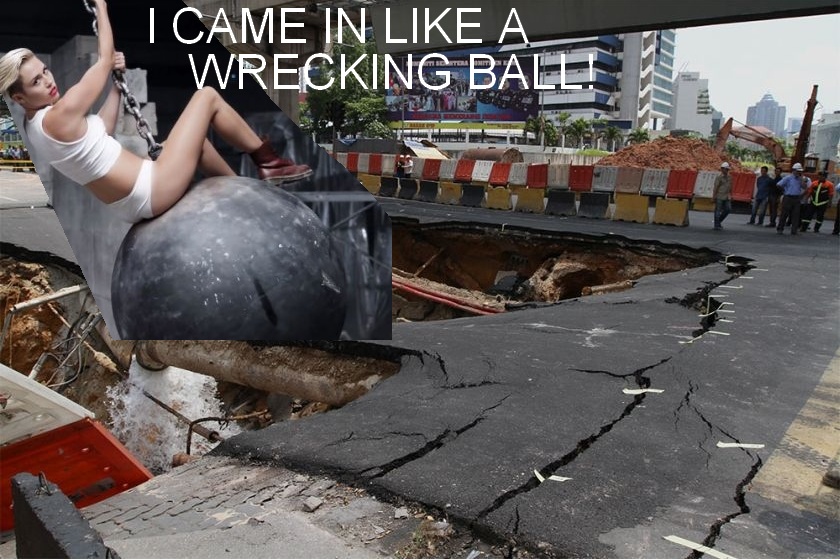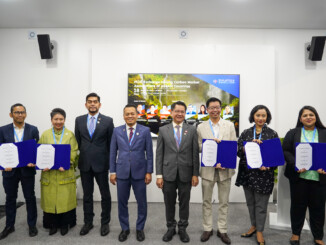5 assumptions by Malaysians that make Indians angry
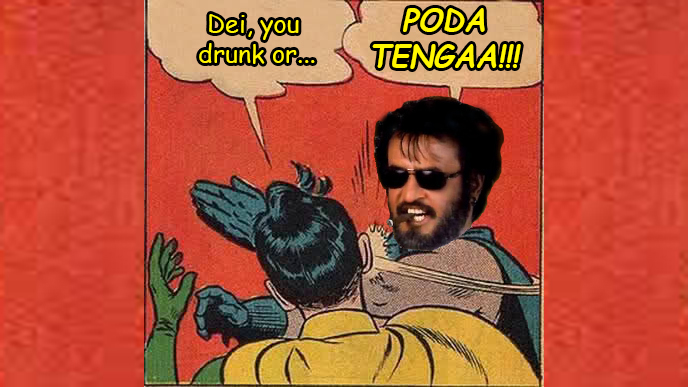
- 2.8KShares
- Facebook2.8K
- Twitter5
- LinkedIn2
- Email6
- WhatsApp17
[Ed’s note 27/1: This article has been edited by the author for clarification purposes. See updates in blue.]
So as Hindus prepare for Thaipusam and you prepare to enjoy another public holiday, remember that other Hindu celebration aka public holiday in November when you had the most epic Deepavali ever?
You know, that ONE day before the inevitable avalanche of Christmas decorations removed all trace that a Hindu celebration had ever happened at all? Yes, THAT day. (We know it’s hard to remember with all the red lanterns and mandarin oranges around, especially when you’re thinking about all the angpow loot you’re going to get)
Yes, that day when you visited your closest Indian friend’s open house, ate his mother’s mutton curry, and drank all his Carlsberg and Johnny Walker.
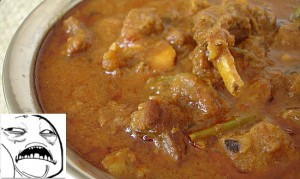
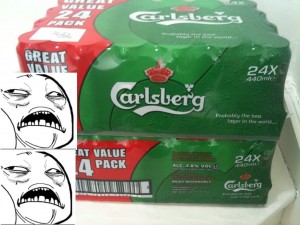

In fact, remember when you had such a good time, you felt just like one of the machas? Sorry to rain on your parade… but here are some of the things you do the other 364 days of the year that annoy the hell out of us.
Let’s start off with something reeeeeeeaaaaaally common:
1. You assume most Indians are up to no good
We’ve all heard it at some point growing up.
“You better behave otherwise the Indian man will catch you”
There was a time, when that scared us silly. The thing is it seems it still does.
Lets face it, you think we’re gonna rob you when see a us walking towards you. You also wish you had taken the stairs when you’re alone with us in a lift. And if we don’t speak English? Forget it. We’re one of THOSE Indians. You know, the bad ones.
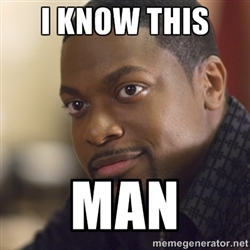
What’s really scary is the demonising effect these little stereotypes can have. A few years ago, Indian rights group HINDRAF took to the streets to protest blatant desecration of Hindu religious sites and other racial discriminations by certain parties. This protest even got the attention of the Bush-era government which had this to say…
“Continued discrimination against members of the ethnic Indian Hindu minority, including the destruction of sacred places and images, only fuels religious unrest and intolerance. ” – US Commission on International Religious Freedom chairman, Michael Cromartie.
But as it almost always does over here, they were seen as thugs rampaging through the streets, leading to Police breaking up the protest by force, using pepper-spray and even going so far as arresting MPs and the group’s leaders.
Let’s not forget the fact that Indians have tonnes of legitimate reasons to be outraged. Remember when certain groups marched through a housing area with a severed cow head a few years ago? Or the time another group dumped a skinned cow head in front of the home of Seri Delima assemblyman R.S.N Rayer last year? Yea.
P/S: We’re not saying that there aren’t Malaysian Indians who are up to no good, in fact take a look at something we posted earlier. What we’re saying is that assuming that it applies to the entire community does no one any good.
Now, onto something more celebratory…
2. You assume all Indians celebrate Deepavali
If we look like this,

Then we must all celebrate this right?
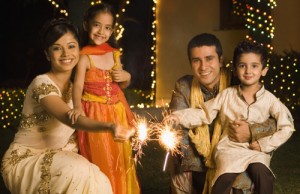
Wrong! Deepavali is a HINDU festival, and likewise with Thaipusam. You can read more about it here. You really should. It’s fascinating and has more action and intrigue than a season of Game of Thrones. Here’s an excerpt:
“…King Bali laughed. Surely a dwarf could not cover much ground, thought the King, who agreed to dwarf’s request. At this point, the dwarf changed into Vishnu and his three strides covered the Earth, the Skies and the whole Universe!” – From Indif.com
There are many versions of the Deepavali story, but the two most prominent seem to be:
- A commemoration of the victory of Lord Krishna over the evil king Narakaasura
- The victory of Lord Rama over the demon Ravana.
Good guys defeating the bad guys. Kickass right? Kinda like every Bollywood movie your mother has ever watched.

What this means is that no matter what version is followed, they are all closely linked to the Hindu religion. This is NOT a cultural festival like Chinese New Year people. You can’t gong xi – gong xi your way to free mandarins and angpows here.
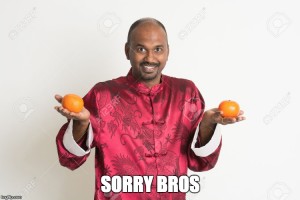
This means that it generally isn’t celebrated by Indian Christians, Buddhists and Muslims.
“Got so many kinds of Indians meh?”
Yes, there are. Which brings us to point number 3.
3. You assume all Indians must look the same
Until recently, Malaysian Indians were the biggest population of Indians outside India, until we were overtaken by Indian Americans.
Who knew right? Still, with our national population hovering around 30 million with 7% being Indian, that’s still a good number of Malaysian Indians. In fact, some of the most prominent Malaysians are Indian. Namely, Ananda Krishna – the 2nd richest Malaysian, Datuk Seri. S. Samy Vellu – legendary politician and overall champion, and yes even Tun Dr. Mahathir – Malaysia’s longest serving Prime Minister.

The truth is, Indians have been in Malaysia for a while – we used to own the place. In fact, Indians arrived to this land in 3 distinct waves.
The first wave was long before orang putih when ‘tanah melayu’ was part of the ‘Indianised Kingdoms’ of Srivijaya, Majapahit and yes Melaka, forming the the cultural region known as Greater India.
You know, that chapter they forced you to read in Sejarah.
Subsequently, the buddhist Srivijaya kingdom (including Malaya) was then conquered by the legendary Tamil king Rajendra Chola 1 further cementing the rich influence that Indians have had on this land for millennia.

The second wave started when that Portuguese guy whose name you couldn’t pronounce –Afonso de Albuquerque – came to loot, pillage and steal the show. Along with him came the Kokanis, the Sinhalese, the Marathis and the Kuparis from Goa, Sri Lanka and East India.
And later when the British arrived, more Indians of all types arrived to put in a good days work. Most were Tamils of Southern Indian descent who braved the long sea journey having heard that over here, money grew on trees. Rubber trees that is.
Today, South Indian Tamils are probably what most Malaysians think of when they think of an Orang India. That and Bollywood actors. But there were the Indians from Kerala, Sri Lankan Tamilans, Chettiars, Sikhs, Seranis, Sindhis, and Malayalees, just to name a few. Basically they came from all over India with their families in tow. With so many distinct cultures who generally share the same appearance, you’ve got to be conscious about who you’re talking to.
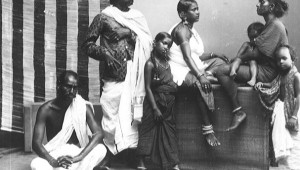
You don’t ever want to mix these up, as tempers can flare when old sensitivities and rivalries are stirred up. For example, don’t ever call a Ceylonese (Hindu Tamils from Ceylon in Sri Lanka) a Sinhalese (original majority buddhist inhabitants of Sri Lanka) or vice versa. Crazy things can happen.
In fact, they even fought a civil war for over 25 years just to prove a point! And no we don’t mean that Marvel movie you’ve been looking forward to. But this one…
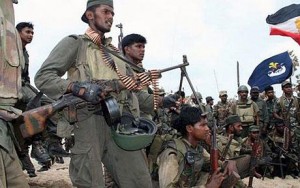
…involving the Tamil Tigers and the Sri Lankan army which officially ended in 2009. In Malaysia today, the Sinhalese population is small due to mix marriages with fewer still actively using their traditional language of Sinhala, most opting for English. Which brings us to our friends the Indian Muslims…
You just thought of this didn’t you?

Let’s face it, the term Mamak is famous. But apart from just Malaysia’s favourite food, they are part of a rich Indian culture that have assimilated itself into the fabric of this country over many years. So much so that to most Malaysians, Mamak has more to do with being Malay than being Indian.
Famous Malaysians of mamak descent incl-
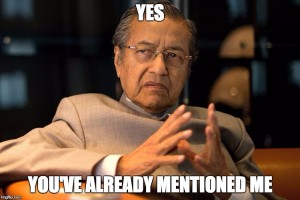
Again, Mamaks are now seen more as Malay and not Orang India, which is strange because Indians have been Muslims long before the Malays. Something to ponder about over a beer I guess. Which brings us to…
4. You assume all Indians are alcoholic
We don’t know if you’ve heard, but there’s a stigma that Indian people either:
- Love drinking
- Tend to be drunkards
- Are probably drunk right now
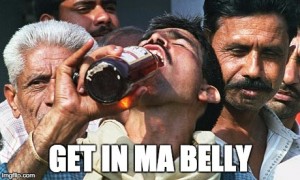
It also doesn’t help when an assemblyman from Seri Andalas called for a ban on the public consumption of alcohol in Selangor to ‘reduce social ills’. What kinds of social ills I hear you asking? Well in his own words:
“Cheap hard liquor has high levels of alcohol. It is consumed by many low-income Indians. This has caused social ills and domestic violence among the Indian community in and outside the city.” – Seri Andalas assemblyman Dr Xavier Jayakumar, as quoted in The Malay Mail Online.
So a politician from Klang, called for a ban on public alcohol consumption so that Indian men don’t get drunk and go home to beat up their wives.
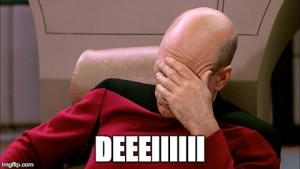
Look, I’m sure we love a drink as much as the next guy, but do we really deserve our shamsu infused stigma? According to this 2011 study published by the Oxford University Press, about 19% of Indians are categorized as current drinkers (drank within the past 12 months)… but they’re not the highest. That actually belongs to the Chinese at 28%! Also, while very few Malays (like less than 1%) were current drinkers, those that did were more likely to engage in risky drinking behavior (32%) compared to Indians (30%)

Of course, there’s a lot more to this explained in the journal, but it challenges the stereotype that all Indians are raging alcoholics.
So maybe we got this drinking stigma because we’re the Asian versions of Sean P. Diddy Combs and not because all we love to do is down, down, down. Think about it. We love to sing and dance at a moment’s notice, our music is damn catchy, we love good-looking women, and we tend to wear more gold than a Rick Ross video. I rest my case.

5. You assume Indians love gold because it’s flashy
Let’s make it clear. Indians love gold. We love 1000 tonnes of it a year. 1/5th of the worlds supply. That’s a S**T–TON of gold. And that’s just in India.
But there’s a difference between
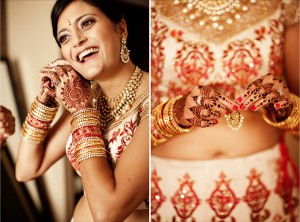
and,
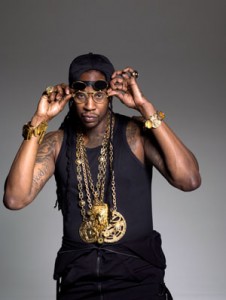
Well MOSTLY a difference. We still can’t figure out what the hell this guy is about.

On the whole, although it appears that Indians are gold crazy, there are good reasons behind our love for gold. The main ones being that gold has been almost a religion for millennia, and is a highly auspicious symbol of the Goddess Lakshmi. As such gold is a fabric of the Indian culture and is an inseparable part of the Hindu belief system.
Furthermore, gold has been traditionally known as ‘Steedhan’ or ‘Woman’s Money’, because culturally for generations, Indian women had no access to currency. What they did have was access to gold in the form of gifts from their parents or husbands. If something happened to the breadwinner or the household, this gold could be then traded or sold, in effect being a woman’s savings account. Smart right?
(Somewhat less impressive though, is the fact that although dowry systems are effectively illegal, traditional families still bribe their way to a marriages using transactions in gifts of gold.)
Also, generally gold has been considered a great investment, with historic increases in prices over the last few decades – just check the graph for yourself!
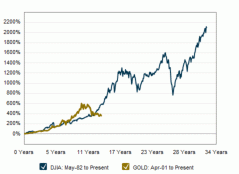
So when epic economic meltdowns happen, like they did in Greece a while back, and hordes of people rush to empty ATMs like it is a zombie apocalypse,
This

feels like this
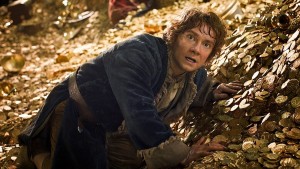
Although, for some reason people seem to think of us more as
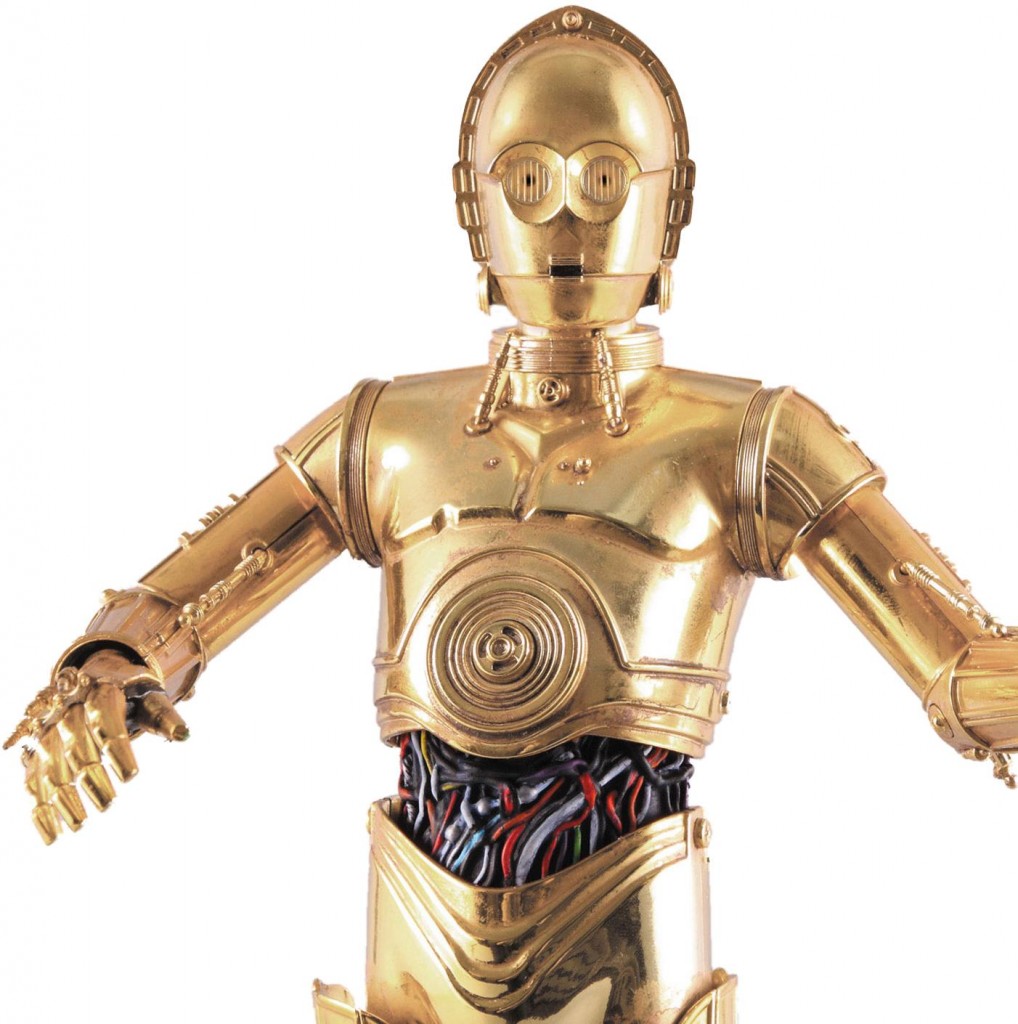
Malaysian Indians aren’t the caricature you’ve grown up believing
We bleed red, just like you. And we have the same hopes and dreams as part of this WIP (As in Work In Progress, not the bar in Bangsar, you racists) called Malaysia. We’re all in the same sampan.
The thing is Malaysian Indians have been chronically overlooked. Remember this?
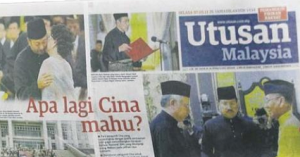
Well whens the last time anyone asked us what we wanted?
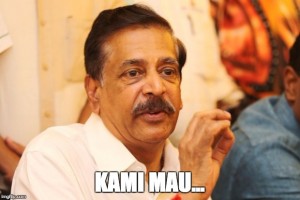

So, how can the average Malaysian help? Well you can start by talking to an indian person who isn’t serving you banana leaf for a start.
Or follow in the footsteps of this group of Malaysian Indian professionals who formed the Indian Advisory Council of Malaysia (IACM) to help ease the problems affecting Malaysian Indians. According to its President Viweswaran Navaratnam,
“We Indian professionals have got together and are willing to work closely with the government to strategically chart the Indian community’s destiny through close cooperation with all like minded organisations, irrespective of their affiliations” – Viwesawaran Navaratnam, as quoted by Free Malaysia Today.
And although we often joke about how we only get noticed when Deepavali comes around (then quickly relegated to our spot in the heirarchy of festivals), we do appreciate the effort of everyone celebrating the festival together because it’s the thought that counts, and we do create moments that are really special along the way.
So go out and give an Indian person a hug. Right now. And show them you care. After all, aren’t we all at least 1/8th Indian whenever we hear this song pumping at the clubs?
- 2.8KShares
- Facebook2.8K
- Twitter5
- LinkedIn2
- Email6
- WhatsApp17


